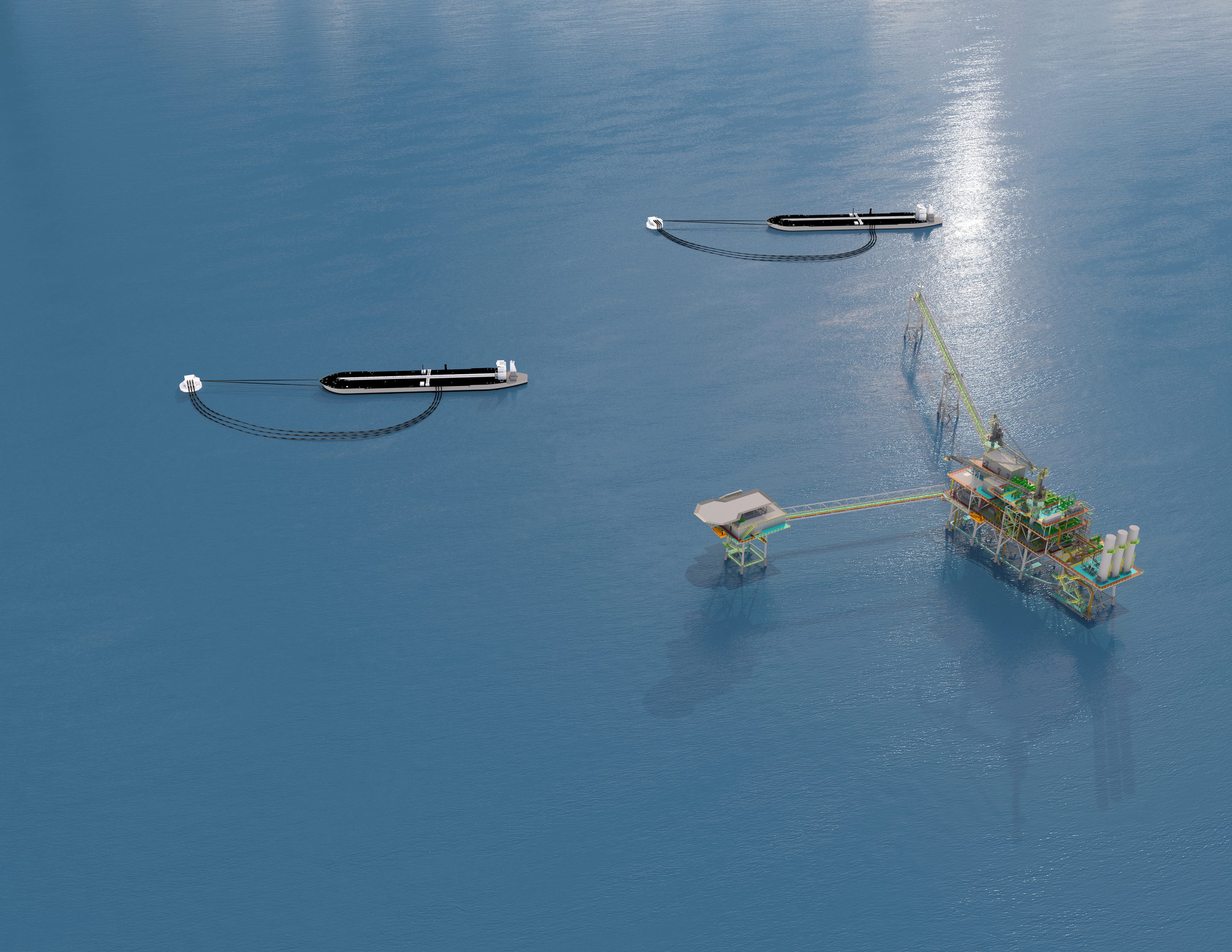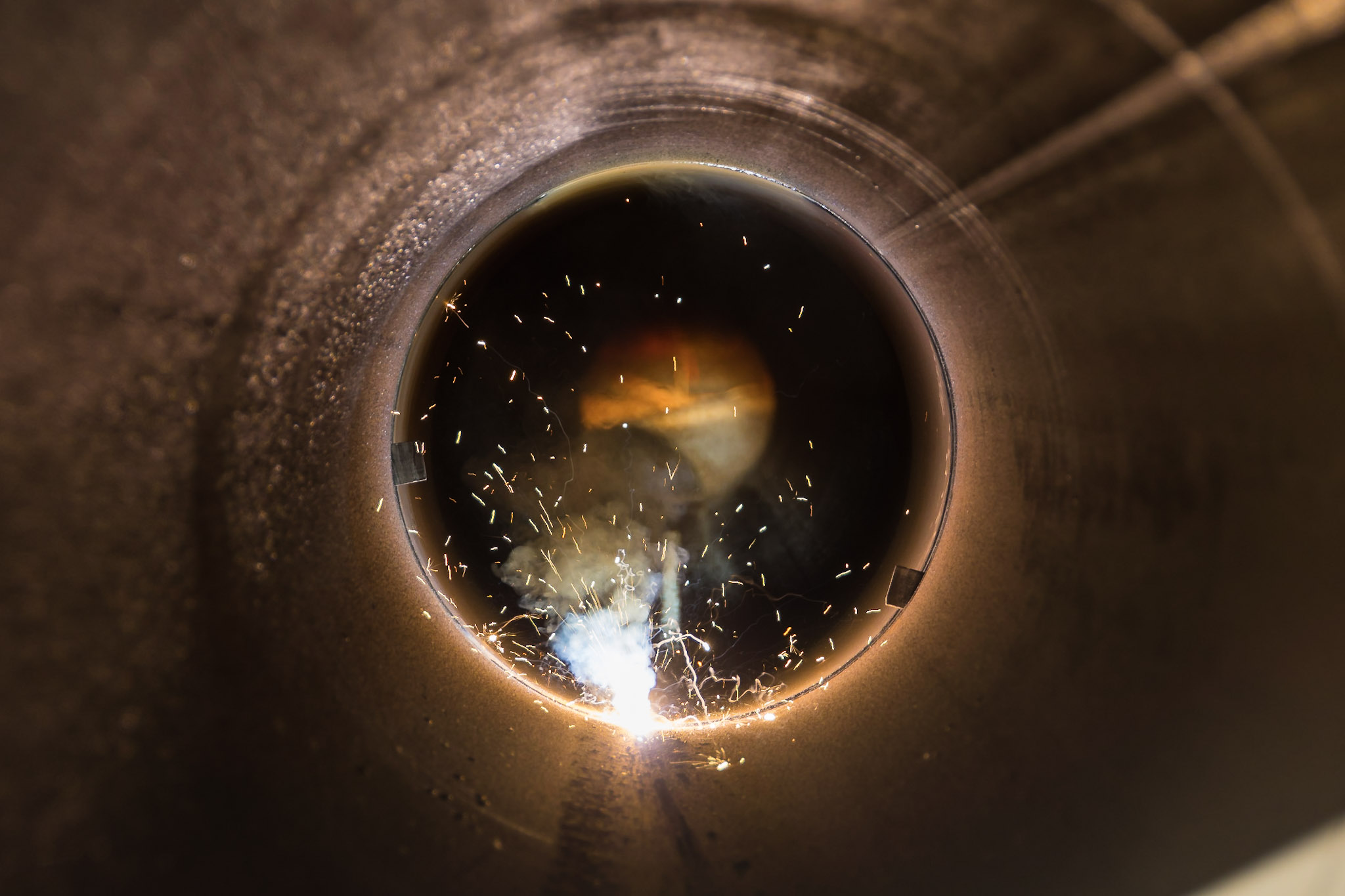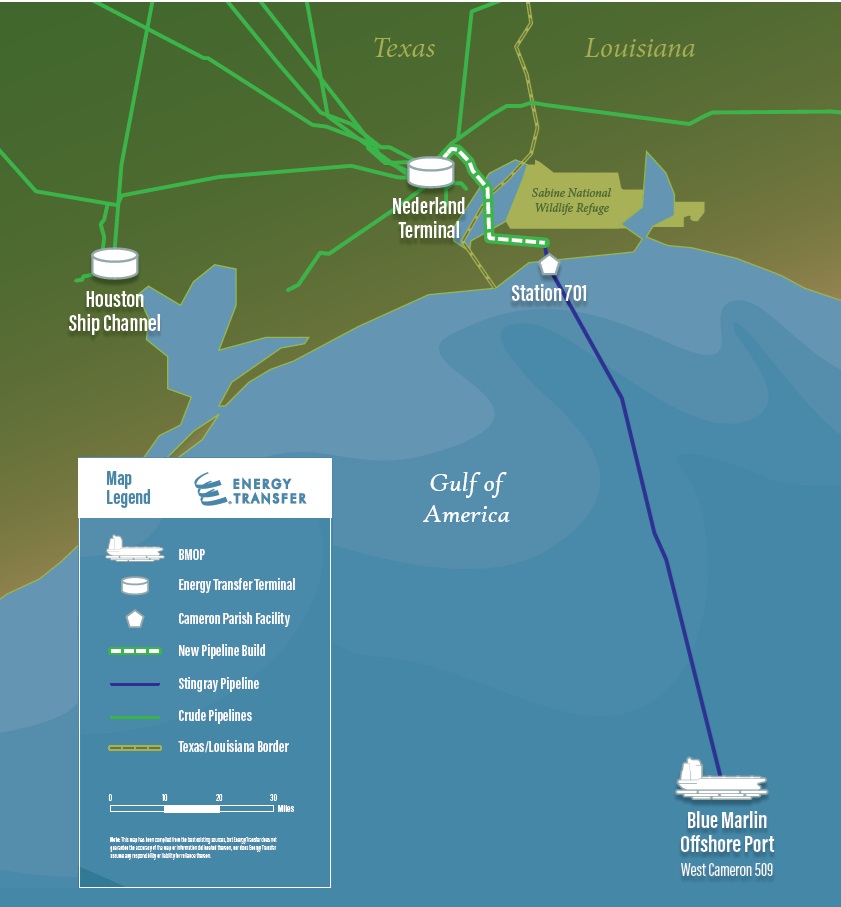
THE PROJECT
THE PROJECT
The Blue Marlin Offshore Port (BMOP) is a deep-water port project that will provide for the loading of crude oil onto Very Large Crude Carriers (VLCC) and other tankers from a platform complex in the Gulf of America, located approximately 100 miles off the coast of Johnson Bayou (Cameron Parish), Louisiana. The project is in the process of updating applications to acquire all federal, state and local permits.
View and download the BMOP Fact Sheet here.
ECONOMIC BENEFITS
The Blue Marlin Offshore Port will help provide much needed export capacity along the Gulf Coast from existing oil storage facilities in Nederland, Texas. Crude oil exports strengthen our national security, stimulate increased production of domestic energy and fuel domestic economic growth.
ENVIRONMENTAL BENEFITS
Blue Marlin’s direct loading platform increases safety and lowers emissions by functioning like a gas station with hoses that connect directly to the tanker; eliminating the need for smaller ships to ferry oil out to the tanker anchored offshore.
Additionally, more than half of the assets that will be used for the BMOP are existing, such as the 36″ pipeline from Cameron Parish, Louisiana to the loading platform in the Gulf of America. The repurposing of these assets will significantly reduce our environmental footprint by limiting the amount of new construction required for the project.
DEVELOPMENT REQUIREMENTS
- Existing pipeline must be taken out of service prior to project’s transition to crude service.
- Filed for necessary regulatory approvals with the MARAD and other agencies in September 2020.
- Environmental Compliance requires an Environmental Impact Statement.
- Construction timeline is dependent on completing the permitting process.
SURVEY ACTIVITIES
Blue Marlin Offshore Port has conducted assessment surveys to ensure a long-term, safe and reliable pipeline system that meets, and exceeds when possible, all safety regulations. We have performed civil, environmental and endangered species surveys in accordance with the standards set forth by the required regulatory agencies.
- Blue Marlin Offshore Port has conducted assessment surveys to ensure a long-term, safe and reliable pipeline system that meets, and exceeds when possible, all safety regulations. We have performed civil, environmental and endangered species surveys in accordance with the standards set forth by the required regulatory agencies.
- Geophysical and geotechnical assessment of the offshore project area
- Cultural resources assessment of existing and new pipeline routes
- Ambient sound level surveys at proposed HDD locations within proximity to residences
- Oyster and Submerged Aquatic Vegetation (SAV) survey of Sabine Lake, a bay on the Gulf coasts of Texas and Louisiana
- Civil survey of the onshore Station 701 project area
- Field surveys for wetlands, waterbodies, listed species, and cultural resources of the onshore project area, included workspaces and access roads
- Geotechnical data collection at proposed Horizontal Directional Drill (HDD) locations
- Air emissions modeling

Safety
Our top priority is to provide safe and reliable transportation of natural gas. Construction will include visual and Non Destructive Examination (NDE) of every weld that joins sections of pipe together. The pipeline will be tested with water at 1-1.5 times higher-than-normal pressure and regulation devices will be installed to prevent pressure from exceeding safe limits.

Economic Benefit
The Pipeline will financially benefit local communities via the use of goods and services and will provide a direct benefit through annual ad valorem tax payments to the counties traversed by the project. The project also will create construction jobs and encourage continued production in the U.S. energy sector.

Regulatory
MARAD and U.S. Coast Guard are leading the comprehensive, environmental review of this project. Reviews have been done by more than a dozen federal governmental agencies, including the Army Corps of Engineers, US Department of Transportation and Environmental Protection Agency, as well as reviews and approvals by the States of Texas and Louisiana.

